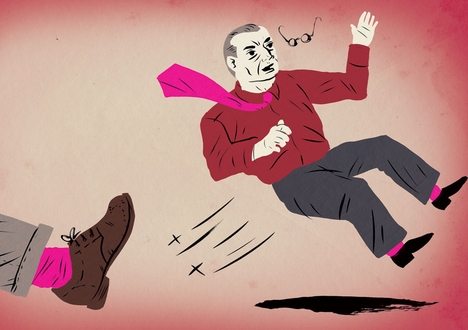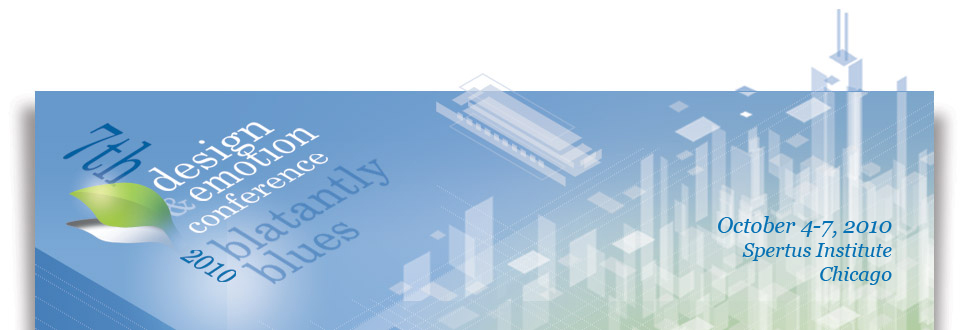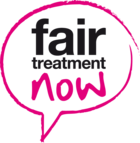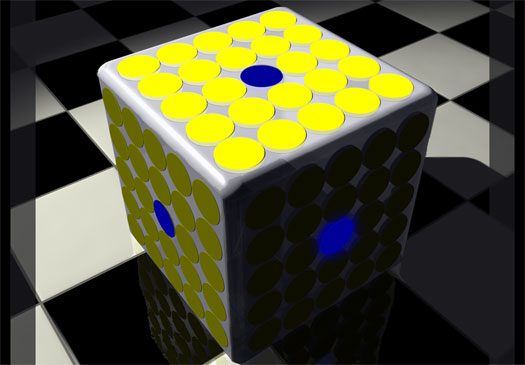Supertaskers Can Do Two Things At Once – Really!
Tuesday, August 31st, 2010 Can you drive a car and talk on your cell phone without reducing you ability to drive safely? Common sense and several actuarial studies say no way. However, a recent study in the Psychonomic Bulletin, Supertaskers: Profiles in extraordinary multitasking ability, claims that 2.5% of us might be able to. To quote the abstract:
Can you drive a car and talk on your cell phone without reducing you ability to drive safely? Common sense and several actuarial studies say no way. However, a recent study in the Psychonomic Bulletin, Supertaskers: Profiles in extraordinary multitasking ability, claims that 2.5% of us might be able to. To quote the abstract:
“We tested 200 participants in a high-fidelity driving simulator in both single- and dual-task conditions. The dual task involved driving while performing a demanding auditory version of the operation span (OSPAN) task. Whereas the vast majority of participants showed significant performance decrements in dual-task conditions (compared with single-task conditions for either driving or OSPAN tasks), 2.5% of the sample showed absolutely no performance decrements with respect to performing single and dual tasks. “
It should be noted that the OSPAN task used has a lower cognitive load than your typical cell phone conversation. Further, the supertaskers also scored in the top quartile when tested on the individual tasks. So they are super single taskers too. No matter, the results are striking. For the cognitive designer that has been following the literature, it demonstrates some form of deep multitasking is possible but it is very rare (3% of the population).











